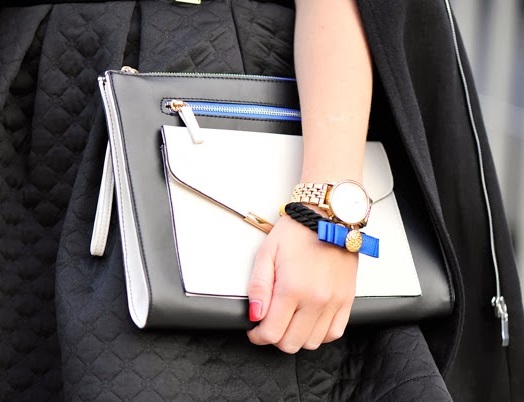Luxury Handbags – The Pecking Order of Exotic Leathers
Most exotic leathers come from scaly creatures you would never want to meet alive. The larger variety, like crocodiles, alligator, and snakes get big enough to eat a small child or pet. Less dangerous exotics include eels, stingray, lizard, and ostrich. Exotic leathers used in luxury goods for their beauty and rarity fit into a pecking order for luxury and exclusivity.
Of all the exotics, crocodile and alligator are the most luxurious with Australian porous crocodile and North American alligator topping the list. Nile crocodile comes next followed by lowly caiman crocodile. It’s hard to tell crocodile from alligator. Alligator scales are more square and regular than crocodile and the crocodile has a tiny almost imperceptible duct on each scale. Looking at each by itself you might wonder why anyone would pay for the porous crocodile or alligator over caiman. Side by side, the luxury of alligator outshines caiman like a real quality diamond outshines a CZ. Experts will tell you the only way to be sure is to look for a ‘genuine alligator’ or ‘genuine crocodile’ label on the product. Price point is another indicator. Anytime it says ’embossed croco’ or ‘croco leather’ it’s just embossed cow hide.
The highest quality ostrich comes from South Africa where Ostrich is farmed for its meat. Israel has a budding ostrich industry, but still does not produce the quality of South Africa. ostrich skin is soft and supple with a beautiful quill pattern. ostrich leg is also being used in luxury goods. Only a diamond shaped area on the back of the hide has full quills. The edges of the quill area have smaller quills and is called semi quill. The entire belly is smooth with ‘no quills’. The highest quality bags will be made with ‘full quill’ only. High quality bags use semi quill for gussets and trim pieces. No quill is considered scrap even though it is beautiful, tough durable leather. A quality handbag brand uses only the full and semi quill from the best skins and pay attention to symmetry and direction of the quills. There is ostrich embossed leather. Look for the label and expect to pay a luxury price for real ostrich.
Teju and ring lizard are next in the luxury exotic leather pecking order with teju considered slightly above ring. The scale pattern is similar to alligator and crocodile but much finer. From a design and manufacturing perspective, lizard is hard to work with. The skins are relatively small up to 38 cm or 15 inches wide at the widest point. Most skins are narrower at one end than the other. For making a handbag, it’s difficult to find skins large enough that are unblemished. Usually skins are cut and pieced together to make an exquisite handbag.
Python is the most popular snake skin used for luxury handbags today. There are a lot of snakes in this world including anaconda, viper, cobra and karung. Snake is relatively inexpensive and easy to work with. It’s available in many beautiful patterns and colors from day glow colors, to metallic and black and white. It comes in 10-12 inch widths and 9 or ten foot lengths. Not an animal you’d want to meet in the wild but stunning made into a handbag.
Next are the barely luxury and not luxury exotics like stingray, eel, fish and frog. Sting ray has a texture like pebbly glass and is very tough to work with. Eel is lightweight and strong but will demagnetize your credit cards. Frog is downright ugly with irregular warts. The thought of making a bag out of fish skin is well … not something I’d want.
In the world of luxury handbags there is a pecking order with Crocodile and alligator at the top. The order is determined by scarcity, and the market. When you see a Hermes crocodile bag, it is made of Australian porous crocodile not caiman crocodile. I can’t resist ending with this cliche:
See you later, alligator. In a while, crocodile.
